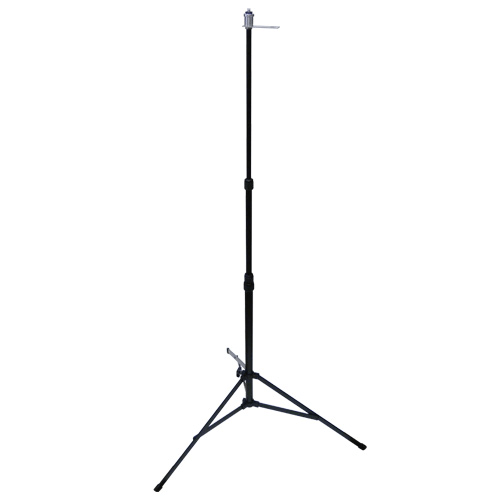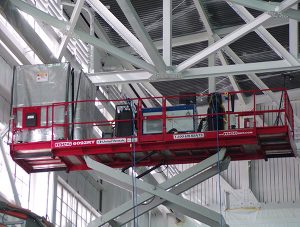

predictive models allowed by the agency (some states have their own predictive models).


Unit ErrorsĪ common error is assuming that ppbv is equivalent to mg/L or that ppmv is equivalent to mg/L. Practitioners commonly make errors with soil vapor programs and soil vapor data in three general areas: units, screening or target levels, and project goals/objectives. Vapors and VI are an unfamiliar territory for many practitioners in this field (regulators, stakeholders, consultants, subcontractors). Important Considerations in VI Investigations

In addition, Table G-6 provides the advantages and disadvantages of various investigative strategies. Analytical methods and related issues are discussed after the sampling methods.Ī summary of the various quantitative options used to evaluate the VI pathway is provided in a matrix in Table G-5, Matrix of recommendations for various quantitative options to evaluate VI. The methods presented in this appendix are not arranged in a particular order of preference. References are provided for additional information regarding each of the tools.
#Itrc indoor air sampling breathing zone height how to#
Each section explains how to use the tools and when they are appropriate. In many cases, the methods and tools described in this section are applicable to both petroleum and nonpetroleum vapor investigations. As an example, indoor air and subslab data, commonly collected for assessing the VI pathway for chlorinated compounds, are often not the preferred approach for PHCs since indoor and ambient sources of PHCs are so common. Hence, sampling locations and some procedures can differ from those used at sites with chlorinated hydrocarbon contamination. PHCs, unlike CVOCs (with the exception of vinyl chloride), readily degrade in the presence of O 2 during migration through the vadose zone, which lowers the potential risk by VI. This updated toolbox contains sampling and analysis issues and procedures specific to VI sites, with new sections for sites where PHCs are the COCs. The investigative toolbox in this guidance is an updated version of the toolbox located in Appendix D in the ITRC guidance document entitled Vapor Intrusion Pathway: A Practical Guideline ( ITRC 2007).


 0 kommentar(er)
0 kommentar(er)
